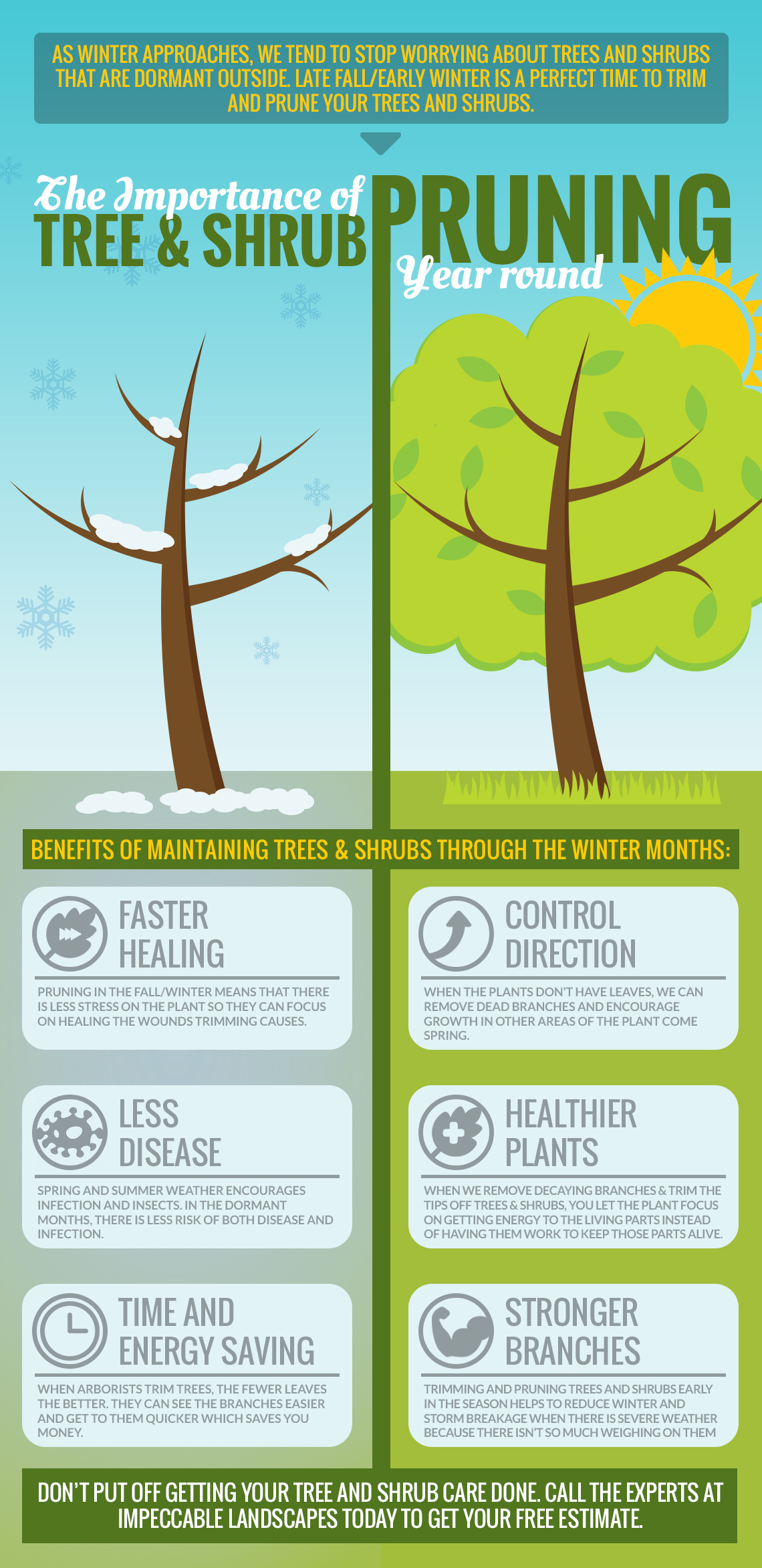Guarding Your Landscape: Replanting After Tree Elimination
Guarding Your Landscape: Replanting After Tree Elimination
Blog Article
Created By-Breum Haaning
Tree removal can leave a gap in your landscape that requires filling. You can plant something new in that area, yet it takes added care and attention at the beginning to help it grow.
The soil in that area will maintain changing with time as microbes break down the old origins. That can influence the vitamins and mineral balance and physical space for brand-new growth.
Soil
The dirt in a plot where a tree has been removed is likely to be very various from the rest of your yard or lawn. The origins of the old tree and the stump will have changed the soil, removing some nutrients and possibly crowding out other plants. Additionally, if the previous tree was unhealthy, the infectious representative might still remain in the ground.
The existence of origins cultivates a rich and varied community of dirt microorganisms that enhances necessary procedures like nutrition cycling and organic matter decay. Without these microorganisms, the displaced soil can end up being much less fertile and nutrient-depleted, with an unfavorable impact on plant growth.
Before replanting, the dirt must be eliminated of particles and organic material (such as timber chips from stump grinding). You may wish to mix in potting soil or indigenous dirt with this compost to give your brand-new planting with an environment that is well balanced and full of nutrients.
Water
Tree origins take in large quantities of water from the dirt. This process also includes nutrients back to the soil, especially nitrogen, which is crucial for new trees and plants. Regrettably, old dirt can be diminished of these crucial minerals as a result of the worn out origins and stump from a gotten rid of tree.
This is why it's important to have a plan for the future of your landscape. Ideally, the most effective time to plant is when you have a fresh start.
Whether you're growing lawn or blossoms, make certain to use a soaker hose pipe to prevent overwatering your new landscape design. If the area was a yard, make sure to cover the soil with organic mulch to assist maintain moisture in the soil, manage dirt temperature levels and reduce weeds. This likewise gives a layer of security for young plants and promotes worm task. Then, frequently replenish the mulch to continue enhancing the dirt nutrient thickness and microbial life. This is referred to as soil restoration.
Light
Trees are an excellent enhancement to any landscape, offering color, visual pulchritude, and numerous various other benefits. However, often Recommended Online site become unattractive as a result of a range of reasons, consisting of condition, pest problems and natural aging.
In such situations, it might be necessary to remove a tree. It is very important to take into consideration the worth of a specific tree in your landscape design and take the appropriate steps to ensure that the elimination is done safely and efficiently.
During the late summer, it's an ideal time to carry out maintenance and inspections on existing trees. Seek indicators of disease, insect infestations, or architectural damage, as well as any type of prospective threats such as weakened or leaning trees.
Before beginning any type of building tasks, be sure to protect the origin zones of existing trees by avoiding soil compaction and rating around them. plan maintenance , as it breaks down, can produce toxic gases that are harmful to the origins of a tree. It's likewise a good concept to mulch the location around a tree after building and construction has actually ended up to conserve wetness and suppress weed development.
Temperature
Trees are essential to a landscape for their aesthetic allure, yet they additionally play an essential function in the local ecosystem by giving shade and windbreaks. They support wildlife habitats and decrease the quantity of carbon dioxide in the air, which can contribute to international warming. This is why it is advisable to replant trees after eliminating one from the residential property.
When replanting a new tree in the location of a previous stump, the dirt may not have sufficient nutrients to support it. It is best to await a year before planting to ensure that the dirt will be abundant in nutrients.
To ensure that replanted trees flourish, it is essential to provide them with correct treatment. A layer of mulch will certainly maintain dirt dampness from evaporating, manage dirt temperature, and help subdue weeds. Organic mulch is the preferred selection because it enhances dirt fertility. Ongoing fertilizing and bug control are additionally essential for replanted trees.